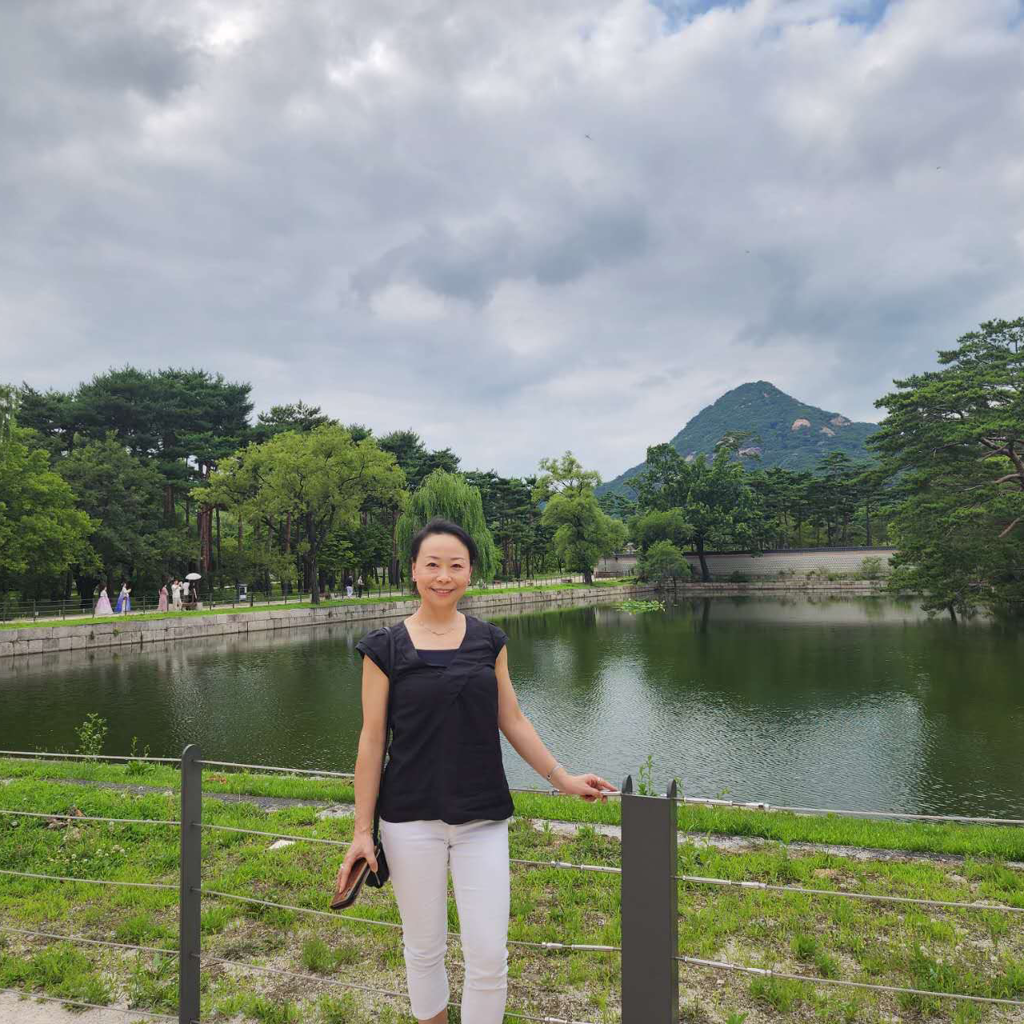Lan Fu
Australian National University, AustraliaFor outstanding contributions to semiconductor materials, optoelectronic devices, and nanotechnology, and for broad leadership of the profession.

In the early 1990s, Optics and Photonics News (OPN) featured a series of How-To articles educating readers on the latest technological developments. One, from the August 1991 issue, stands out to today's audience: "Email: Love it or leave it." The article asks, "Should you obtain an email address and use it?" From our perspective, email is an integral part of daily life, and those from younger generations surely don't recall a life without it. However, if we consider what the next 30-plus years will look like, we can only imagine how vastly our lives will change and cringe at the articles written about how to use AI in the workplace or other unforeseen developments.
Lan Fu argues that many of the future advancements will all be enabled by photonics. She shares, "I think we're at a critical point where photonics will play a significant role in the next revolution of technology. We'll see a high level of integration in communication, scientific calculation, computing, and sensing. I work in a field that's trying to integrate all of this functionality into a cheap and/or miniaturized system, which will transform modern life." One idea Lan thinks would have a huge impact is the concept of a wearable health monitoring sensor that could signal the wearer and their doctor at the first indications of a problem. This might not be such a far-off reality, and she is excited to contribute to making it happen.
Lan’s research is on semiconductor optoelectronics and nanotechnology with a variety of applications. In the past 15 years, her group has been working on III-V compound semiconductor nanowires, translating their understanding from a planar bulk structure into a one-dimensional nanostructure. This would enable more functional devices with enhanced performance. Furthermore, she shares, "We're trying to integrate metasurfaces with different nanowired lasers, LEDs, and photo detectors to try to strengthen the ability to emit, manipulate and detect light, as well as how we can expand our conventional optoelectronic applications of III-V materials into new application areas”.
Lan is primarily an experimentalist working on fundamental research. However, she has started a project with a few industry partners to develop a breath sensor for acetone, a biomarker for diabetes. She shares, "We're trying to see if we can use our nanowire sensor to detect a broad range of acetone concentrations, thus monitoring the metabolic status of the body." Such a sensor could potentially sense the warning signs of ketoacidosis, a life-threatening condition of type 1 Diabetes, and allow the patient to seek medical attention sooner. The sensor could also be used on animals, providing a more straightforward path toward diagnosis and treatment. Lan is excited to see how her experimental and foundational research can be applied to real-world problems, and she hopes to continue working on applications in the future.
Before becoming the experimental researcher she is today, Lan began her education in theory, without any specific planning to pursue research for her career. She was a curious child who preferred understanding concepts rather than memorizing facts, so theory seemed like a great fit. The switch from theory to experiments came about when she moved to Australia for her PhD work. She received a unique scholarship to the Australian National University that wasn't tied to a particular advisor or research group. Instead, she spent a short time with each group at the Department of Electronic Materials Engineering to see how she might fit in or find an interesting topic. When she started her time with Professor Chennupati Jagadish's group, she was immediately intrigued by their experiments, which produced a tiny semiconductor laser emitting bright infrared light. She shares that the work was quite different from her previous experience, but she was so hooked that she pursued it.
Professor Jagadish proved to be a wonderful and supportive mentor for Lan. She shares that he had the right balance of offering guidance without imposing his ideas, enabling Lan to explore freely and gain her own confidence. As an advisor herself now, Lan follows his example of observing what her students need and offering her advice when needed. She also appreciates the support of her wonderful family and colleagues, who have provided support at all stages of her career.
Lan has become more involved with the Society as her research has evolved to align more closely with Optica's focus. She has been involved in Optica's Advanced Photonics Congress as a Program Chair for the Novel Optical Materials and Applications (NOMA) track. Lan enjoys the networking and exchange of ideas that Optica facilitates, identifying these as primary benefits of belonging to a professional society. With busy day-to-day schedules, it can be challenging to find time to focus solely on listening to and chating with peers - but at conferences, Lan finds opportunities everywhere. “It's really great to have a time to sit down to exchange ideas with your peers and to learn from one another,” she shares. She is also a firm believer in giving back to the community, which she can do through Optica. Lan views her service back to the community as a way to show thanks for the opportunities it has offered her: “This community supports you, and it is empowering to give something back.”
Photo courtesy of Lan Fu
Profile written by Samantha Hornback
